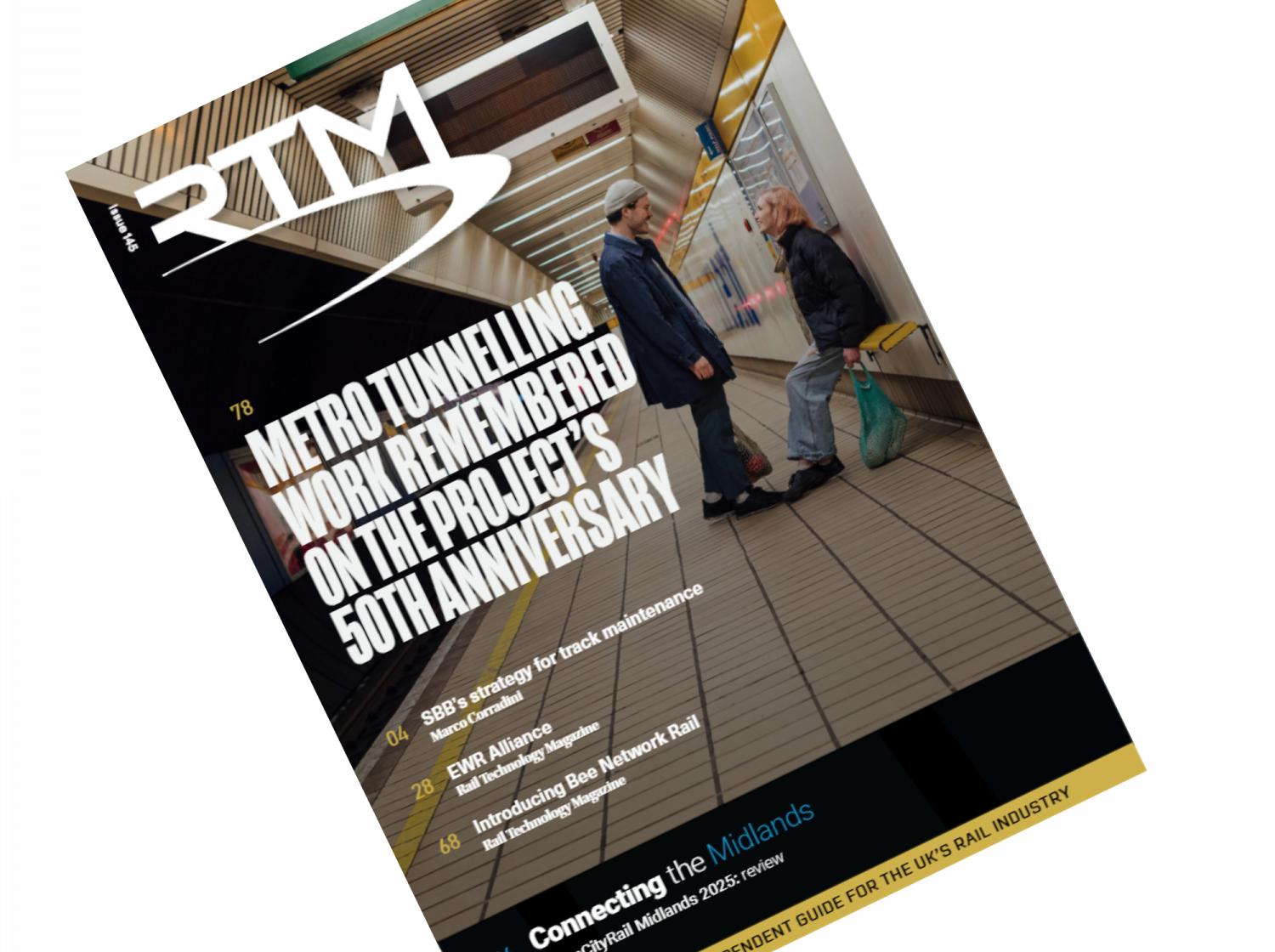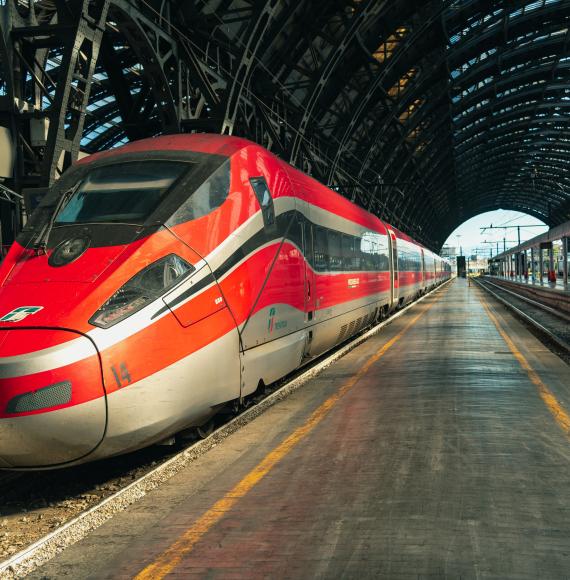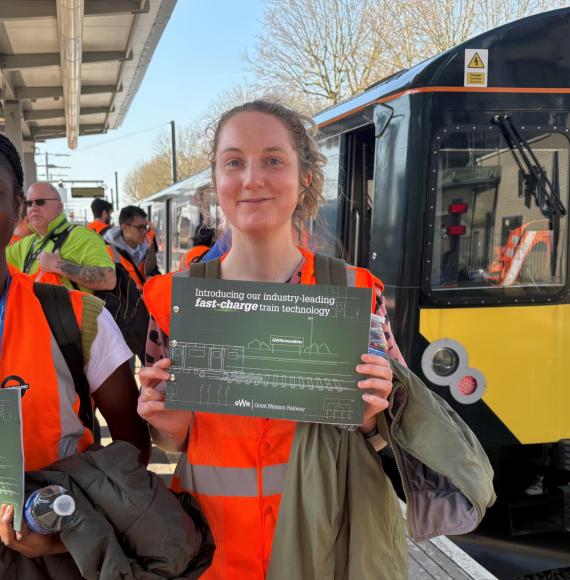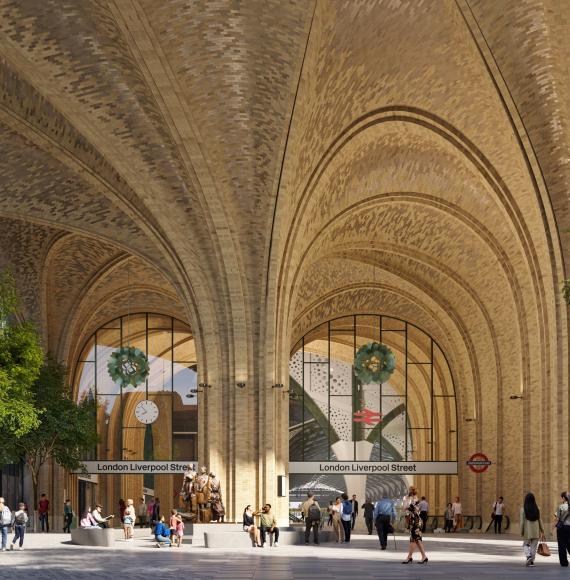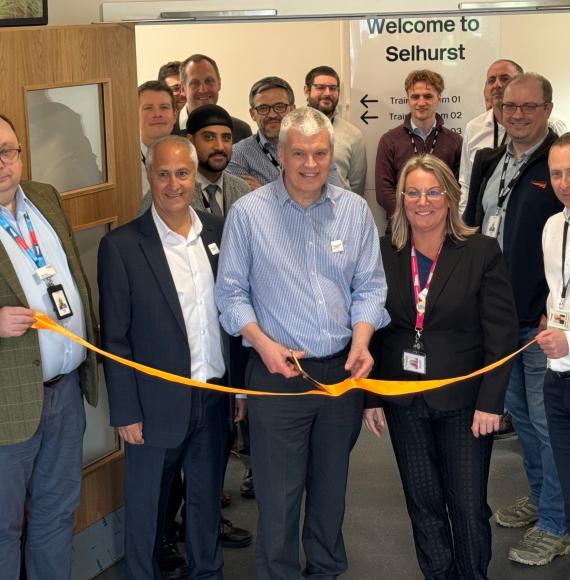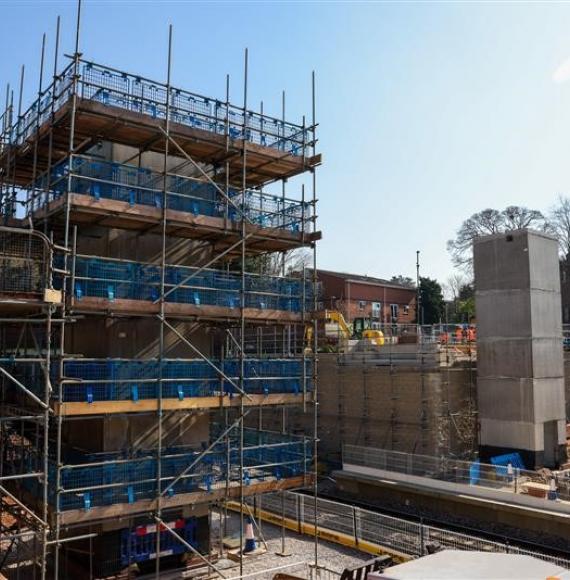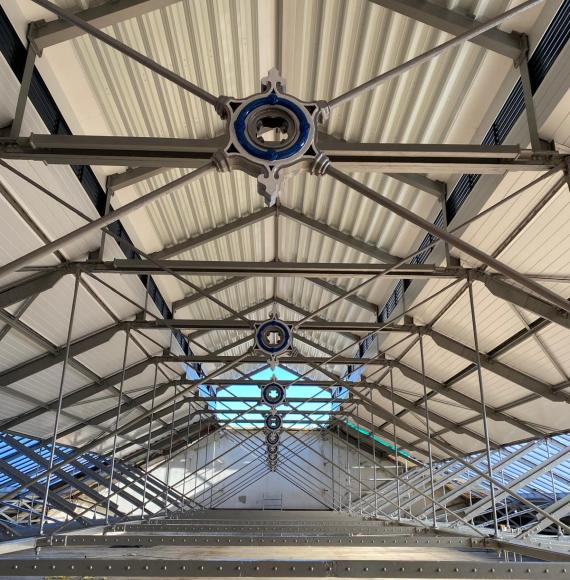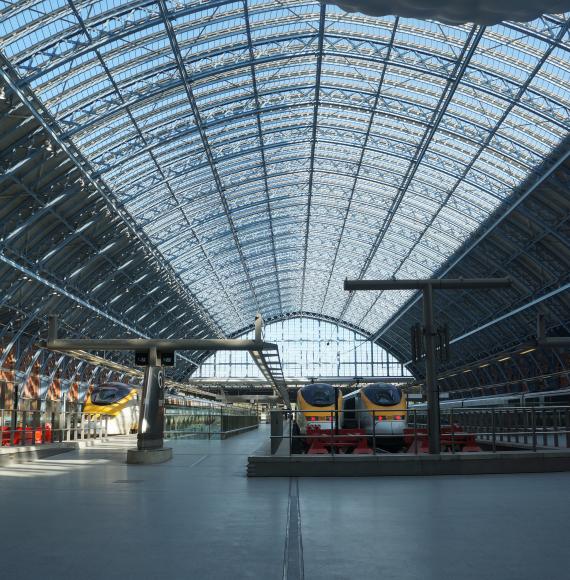Network Rail engineers are preparing for the reconstruction of the rail bridge near Moy, as part of advance works for the A9 Dualling: Tomatin to Moy project.
The replacement of the railway bridge is being carried out by Network Rail on behalf of Transport Scotland and forms part of the investment by the Scottish Government to dual the A9 between Perth and Inverness.
Work is currently underway at Lynebeg in the Scottish Highlands and involves the construction of a new underbridge for the railway, on top of undertrack utility services.
Firstly, the creation of an under-track crossing (UTX) is due to take place and will be used to accommodate temporary utility diversions throughout the demolition of the existing structure.
A new wider railway bridge will also be installed, and in the long run will serve as an overflow outfall for an ecology pond being built adjacent to the track.
Network Rail used a Mole– an Unclemole 1,200 Tunnel boring machine (TBM) – across four days to minimise disruption, tunnelling 33 metres under the railway, breaking through a mixture of sand, gravel and rock.
The hydraulic drilling machine pressed deeper into the railway embankment and formed a channel for the 1,200mm diameter, 2.5-metre-long concrete pipes to be positioned and fitted using a hydraulic jack.
In total, eleven concrete pipe sections were installed under the railway.
The ‘mole’ approach allowed trains to continue running whilst pipe sections were being installed, and embankment and track monitoring was able to take place at the same time.
This was done so as traditional methods of removing track sections and excavating would have caused major disruption on the railway line due to depth required through the embankment.
Malcolm McGowan, Network Rail Project Manager on the Lynebeg bridge replacement project said, “by bringing in the ‘mole’ tunnel boring machine to excavate the channel under the railway and the hydraulic jacking rig to position the pipes, we could get the job done efficiently while keeping the line open to traffic.”
He concluded, "we are at the early stages of the project but are looking forward to sharing more details about the work and engaging with the wider community as we move forward.”



